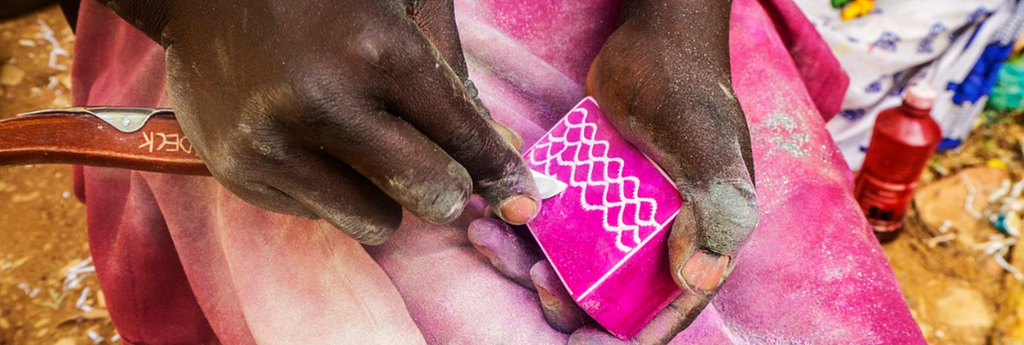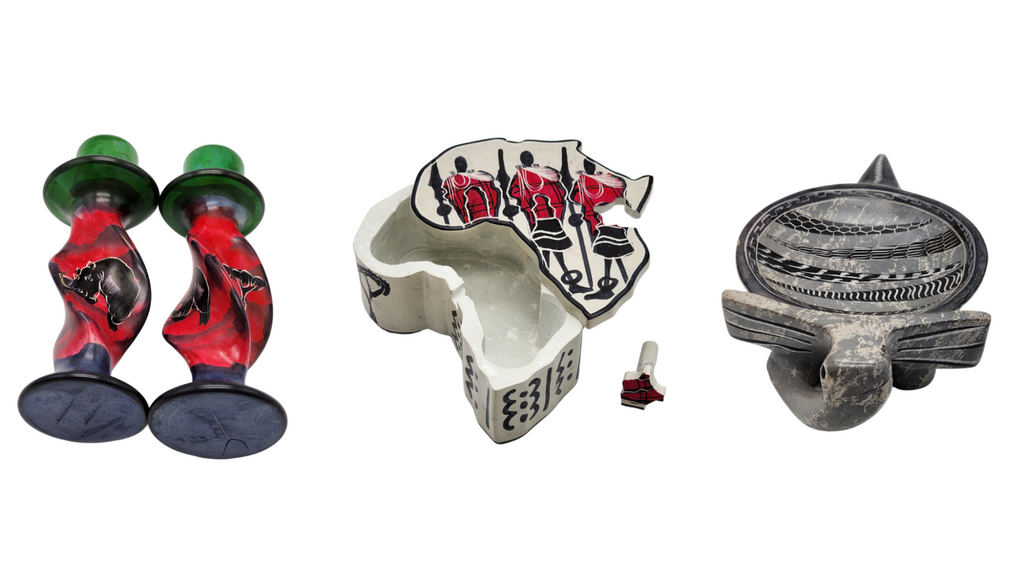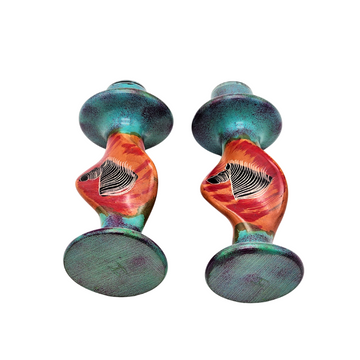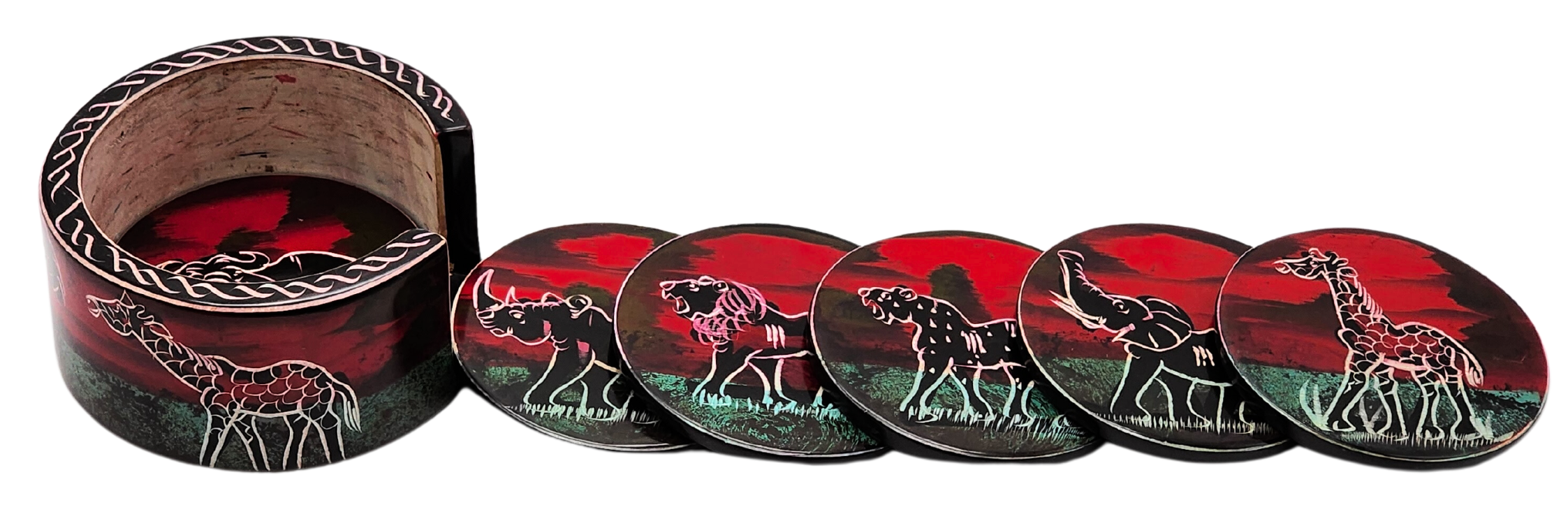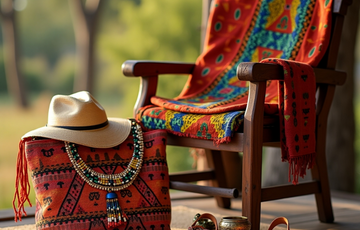African soapstone, also known as Kisii soapstone, is a unique and beautiful handicraft that originates from the Tabaka Hills in Kisii County, southwestern Kenya. This natural stone has been revered for generations by our local craftspeople who transform it into exquisite statues, vases, bowls, and more, showcasing their skill and craftsmanship. In this article, we will delve into the fascinating world of Kisii soapstone, exploring its mining process, handcrafting techniques, cultural significance, contemporary applications, and inviting readers to browse a collection of these stunning creations on Mawu Africa marketplace by these talented craftspeople.
What is Kisii Soapstone?
Kisii soapstone is a soft, metamorphic rock that is easily carved due to its high talc content. It is characterized by its smooth texture, ranging in color from pale white to cream, with veins of different hues running through it, adding to its visual appeal. The soapstone is found in the Tabaka Hills in Kisii County, which is known for its fertile land and ideal conditions for soapstone formation.
The mining process of kisii soapstone
Craftspeople mining soapstone in Tabaka hills kisii county, Kenya(cc: LutheranBnB)
The mining of Kisii soapstone is typically done using hand tools by local craftspeople who have honed their skills over generations. The process by the craftspeople begins with identifying soapstone-rich rocks in the Tabaka Hills, which are then carefully extracted using basic tools such as chisels, hammers, and wedges. Once the soapstone blocks are extracted, they are transported to workshops where the carving process takes place.
Handcrafting the kisii soapstone
The handcrafting of Kisii soapstone is a labor-intensive process that requires skill, precision, and patience. Craftspeople use traditional techniques to transform the raw soapstone blocks into exquisite works of art. They start by carefully chiseling away the excess stone to reveal the desired shape, whether it's a statue, vase, bowl, or other form. They then use files, sandpaper, and water to smooth the surface and achieve the desired finish. Some craftspeople also use natural dyes to enhance the color and patterns of the soapstone, adding to its uniqueness and beauty.
Artisan carving soapstone into a Jewellery box (cc: Jane Watson)
Uses and cultural significance
Kisii soapstone has deep cultural significance in East African societies. It has been used traditionally for functional and decorative purposes, as well as for ceremonial and ritualistic uses. For example, soapstone statues are often used in cultural and religious ceremonies, representing deities, ancestors, or important figures. Soapstone bowls and vases are used for serving food and drinks, and they are also considered symbols of hospitality in some communities. Soapstone carvings are also popular as decorative pieces, showcasing the artistic talent and cultural heritage of the region.
Contemporary applications
In recent years, Kisii soapstone has gained popularity beyond East Africa, as it is appreciated for its unique beauty, sustainability, and cultural significance. Many of our local craftspeople have adapted their traditional techniques to create contemporary designs and products that cater to the global market. Kisii soapstone handicrafts are now sought after as unique home décor items, gifts, and collectibles, adding an exotic touch to any interior space. The demand for Kisii soapstone products has also contributed to the economic well-being of local communities, providing livelihood opportunities for skilled craftspeople.
Soapstone candle stands/ African map storage box/ Turtle shaped soapstone ashtray all on Mawu marketplace
Browse our collection of soapstone
If you are fascinated by the beauty and artistry of Kisii soapstone, we invite you to explore our collection of exquisite soapstone creations. Our collection showcases the diversity and craftsmanship of these unique African handicrafts, from intricately carved statues to functional bowls and vases, all crafted with love and skill by local craftspeople. By purchasing Kisii soapstone products, you are not only acquiring a piece of art but also supporting the rich heritage and craftsmanship.

